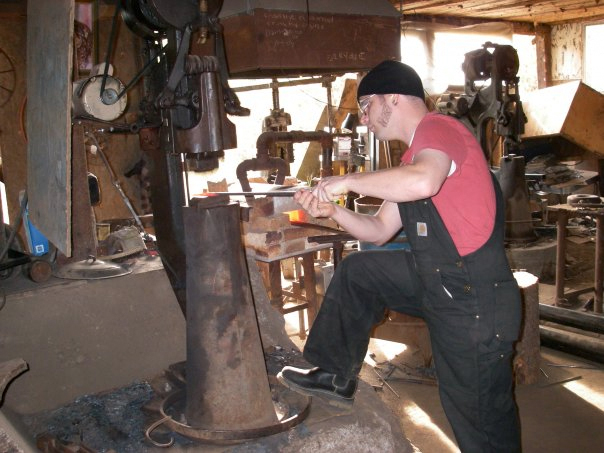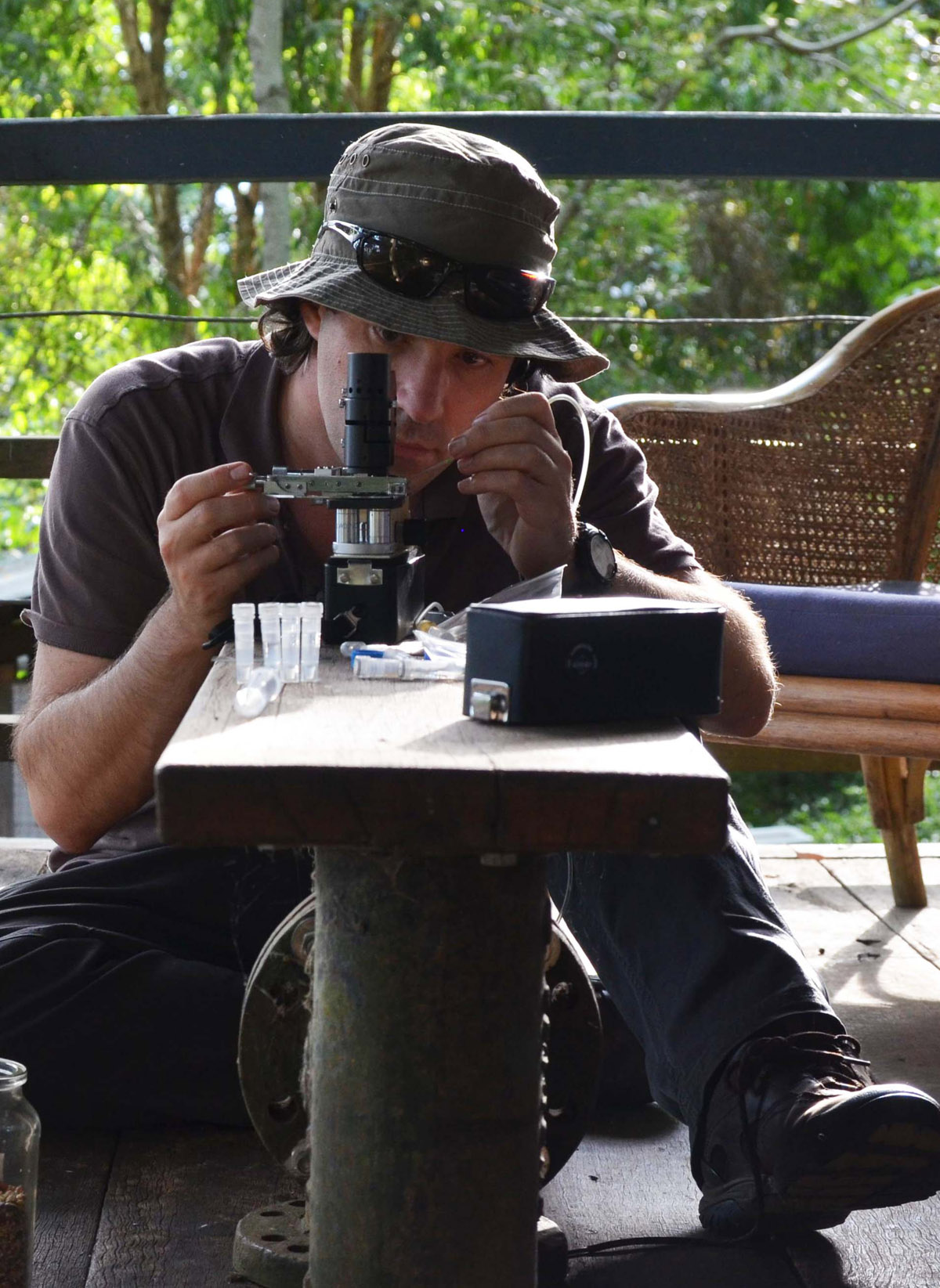

“The microbial world is filled with an astonishing array of beauty. Utilizing a variety of metal work disciplines, I attempt to capture this beauty through the fabrication of metal sculptures. From blacksmithing to casting, I strive to portray the beauty of the symbionts living within the guts of termites by creating sculptures of Trichonympha, Dinenympha, and Trichomitopsis. Exploring beyond the confines of bug bellies, I have also created examples of the freshwater predator Didinium, a pellicled Euglena and a generalized Dinoflagellate. With the vast diversity in protist shape and body plan I will not exhaust my potential sculpture subjects during my lifetime.”
Erick R. James has a Master’s degree in Zoology from the University of British Columbia and an Honours diploma from the Kootenay School of the Arts metal program. He splits his time working at the Beaty Biodiversity Centre in the laboratory of Dr. Patrick Keeling and his metal shop in Richmond.

Dr. Patrick J. Keeling is a Professor of Botany at the University of British Columbia and a researcher at the Biodiversity Research Centre. He is a native of Canada, and attended the University of Western Ontario, where he accidentally signed up for a number of courses in microbiology when he confused it with molecular biology. This sparked an unexpected interest in the molecular biology of microbial life, which ultimately motivated a Ph.D. in Microbial Evolution at Dalhousie University, Halifax, and research positions in Melbourne, Indiana, and finally at UBC.
He only began making wooden objects based on microbiological themes a few years ago when he developed repetitive strain injury from writing endless grant applications and annual reports. His wood work started with simplified ‘pictures’ of protist cells using a method similar to millefiore glass. More recent work uses the same method but with more abstract representations of scientific themes using codes that are either graphic or written, and also on distinct visual effects using the wood grain, chatoyance, and the angle that the wood is cut.
Other contributors:
Kevin Carpenter
Noriko Okamoto
Juan Saldarriaga
Additional graphics and web design:
Derek Tan